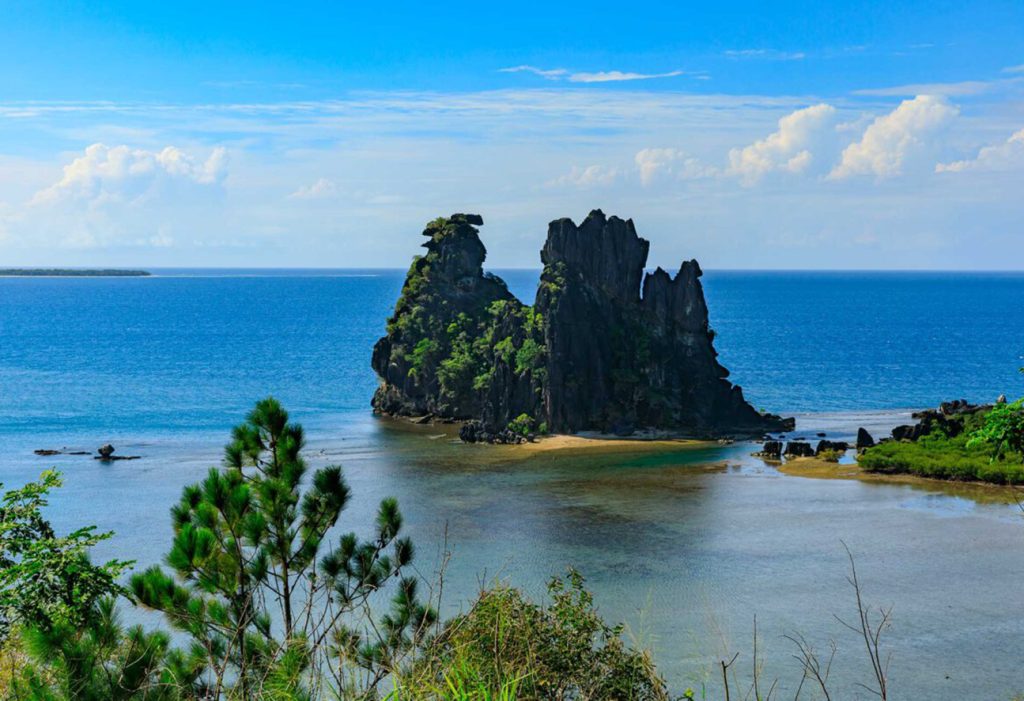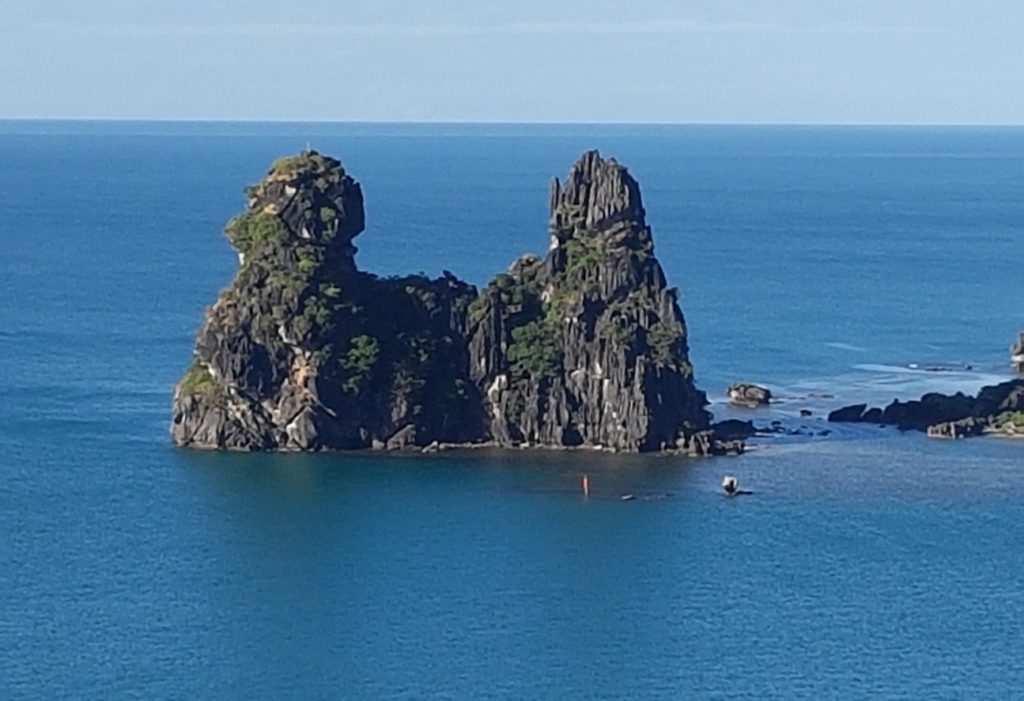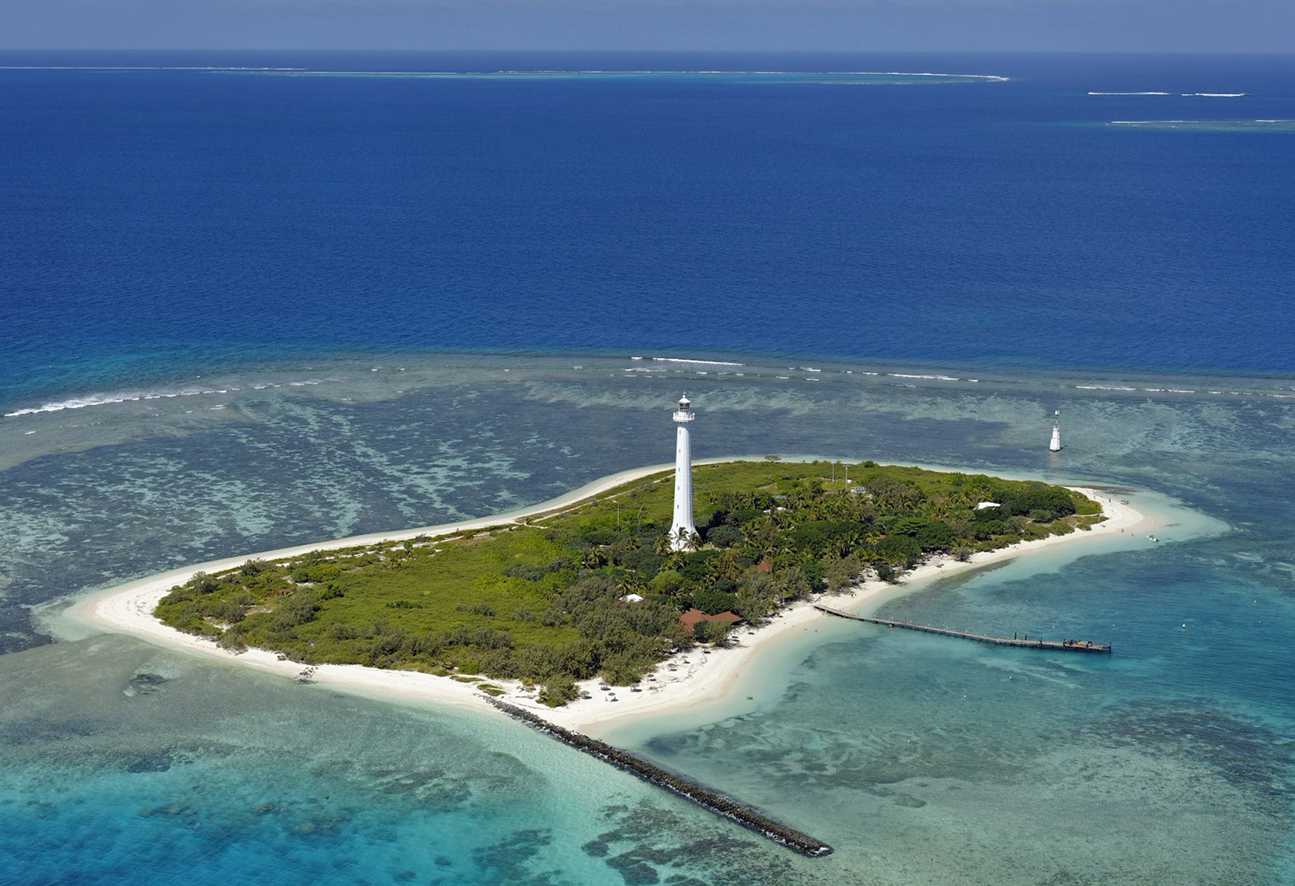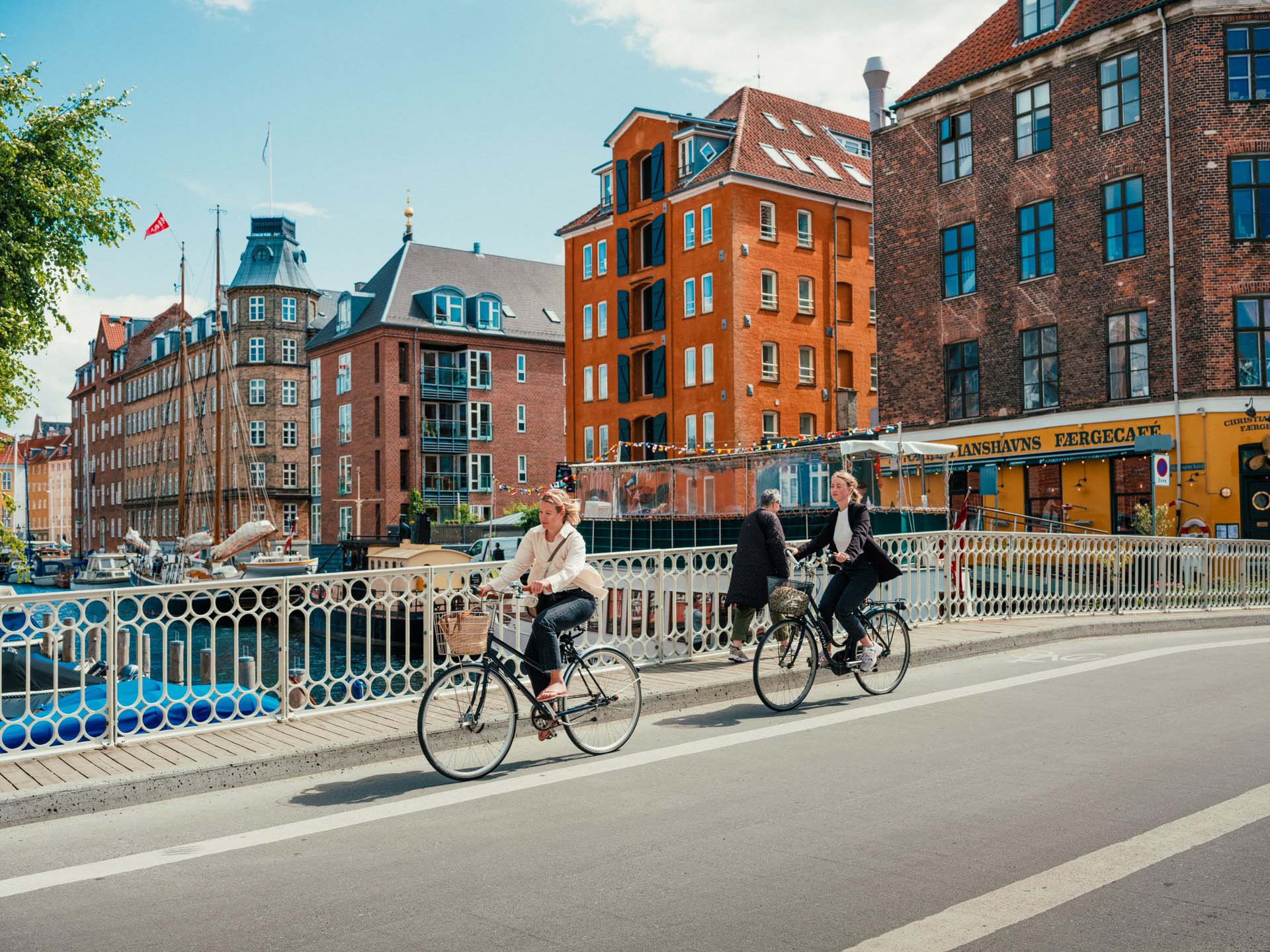I’ve always been enchanted by the idea of discovering New Caledonia, a jewel in the South Pacific. This archipelago, composed of multiple islands, is renowned for its stunning natural beauty, rich cultural heritage, and relaxed pace of life. Among the many experiences it offers, a road trip from the capital city of Nouméa to the charming village of Tchamba stands out as an unforgettable journey.
This highway stretches across Grande Terre, the main island of New Caledonia, bridging the bustling southern cities with the serene northern countryside. During this trip, you gradually escape the hustle and bustle of city life and immerse yourself in a pristine, majestic natural world. July and August, being the cooler winter months in New Caledonia, are perfect for a road trip. In this blog, I’ll share my experiences of must-see attractions along the route, along with unique travel tips and recommendations for each spot.
Point de vue de la Poule: A Panoramic Delight
As you set off from Nouméa and drive approximately 300 kilometers north, you’ll reach the renowned Point de vue de la Poule. This iconic viewpoint is famous for its unique rock formations. From here, you can marvel at the expansive ocean views and the rock formation resembling a chicken. The sense of vastness and tranquility at this location is truly invigorating, making it a perfect spot for capturing stunning photographs.
Travel Tips:
- Timing: Visit early in the morning or late in the afternoon for the best lighting conditions and to avoid the crowds. The soft light will enhance your photos and the overall experience.
- Parking: There is a designated parking area, but space can be limited. Arriving early will help secure a spot and make your visit more enjoyable.
- Safety: The viewpoint lacks railings on the edges. Exercise caution while taking photos and avoid getting too close to the edge.
Hienghène Bay: A Blend of Tranquility and Splendor
Continuing north from Point de vue de la Poule, you will arrive at Hienghène Bay. This bay is celebrated as one of the most beautiful in New Caledonia, surrounded by lush hills and steep cliffs. The bay’s waters, with their emerald-green hue, reflect the sky, creating a breathtaking view. You can rent a kayak and paddle leisurely along the calm waters, or simply stand on the shore and absorb the serene beauty of the landscape.
Travel Tips:
- Kayaking: Renting a kayak to explore the bay allows you to experience its calmness and beauty up close. It’s a peaceful way to take in the natural surroundings.
- Photography: Bring a wide-angle lens and a polarizing filter to capture the full expanse of the bay and the reflections on the water.
- Weather Considerations: While July and August offer pleasant temperatures, be prepared for strong winds on the water, so wear appropriate wind-resistant clothing.
Lindéralique Cliffs: Nature’s Masterpiece
A short drive from Hienghène Bay will lead you to the Lindéralique Cliffs, another remarkable natural attraction. These cliffs are renowned for their unusual shapes and dramatic geological formations, making them a highlight of New Caledonia’s natural landscape. The cliffs feature towering, oddly-shaped rock structures, as if sculpted by the hands of nature itself. This area offers excellent hiking opportunities with several trails that let you explore and enjoy the breathtaking scenery.
Travel Tips:
- Hiking Gear: Given the rugged terrain, wear sturdy hiking shoes and carry sufficient water and snacks for the journey.
- Best Times to Hike: Morning or late afternoon is ideal for hiking, as the temperatures are cooler and the light is perfect for viewing the landscape.
- Environmental Responsibility: Preserve the natural beauty by not leaving any trash behind and respect the environment.
Col de Ga Wivaek: Gateway to Nature
Driving further north, you will traverse the Col de Ga Wivaek, a winding mountain pass that connects the southern plains with the northern highlands. The road offers spectacular views of the surrounding mountains and forests, symbolizing the transition from urban life to the tranquility of New Caledonia’s northern regions. The pass serves as a gateway into a more pristine and untouched part of the island.

Travel Tips:
- Driving Caution: The mountain road can be narrow and winding. Drive carefully, especially around sharp turns and steep inclines.
- Photography: There are several scenic viewpoints along the pass where you can stop and photograph the valleys and forests.
- Parking: Some viewpoints have limited parking, so try to visit during off-peak times to avoid congestion.
Ouaième Rocks and Ferry: A Historical and Scenic Experience
Before reaching Tchamba, you will pass through the Ouaième area, famous for its Ouaième Rocks and the historic Ouaième Ferry. The Ouaième Rocks are large volcanic formations that stand majestically by the sea, symbolizing an important part of the local indigenous culture. The Ouaième Ferry, one of the last manually operated ferries in New Caledonia, provides a unique and nostalgic travel experience across the Ouaième River.
Travel Tips:
Weather Conditions: During the rainy season, river levels may rise, affecting ferry operations. Check the schedule and conditions before planning your trip.
Ferry Ride: Take a ride on the Ouaième Ferry to experience this traditional mode of transportation and enjoy the scenic views of the river. It’s a nostalgic and enjoyable way to travel.
Historical Insight: Learn about the Ouaième Rocks and their significance by talking to local residents or reading about the local history and legends.
Tao Waterfall and Colnett Waterfall: Natural Waterfalls

The final destinations on this journey are the Tao Waterfall and Colnett Waterfall, located near Tchamba. The Tao Waterfall is a towering cascade that plunges down a cliff into a deep valley, creating a dramatic and picturesque natural scene. The Colnett Waterfall, on the other hand, is nestled in dense forest, offering a quieter and more secluded setting, ideal for hiking enthusiasts.
Travel Tips:
- Hiking Trails: Both waterfalls require a bit of hiking to reach, so wear comfortable hiking shoes and bring insect repellent.
- Swimming Opportunities: The natural pools beneath the waterfalls are perfect for a refreshing swim, especially during hot weather. Always ensure the water flow is safe before entering.
- Environmental Awareness: Maintain a quiet atmosphere around the waterfalls to avoid disturbing wildlife and ensure you carry out all your trash to keep the area clean.
New Caledonia’s Highway Wonders
Traveling from Nouméa to Tchamba offers not just a visual feast but also a profound sense of peace and connection with nature. Each stop along this route—whether it’s the rock formations at Point de vue de la Poule, the serene beauty of Hienghène Bay, the dramatic Lindéralique Cliffs, the mountain pass of Col de Ga Wivaek, or the historic Ouaième Rocks and waterfalls—reveals a unique facet of New Caledonia’s charm.
As you drive north along this highway, you leave behind the clamor of urban life and immerse yourself in one of New Caledonia’s most pristine and untouched natural environments. The mild weather in July and August makes this journey even more enjoyable, whether you are a nature lover, history buff, or simply seeking tranquility.
I highly recommend this road trip for anyone who enjoys scenic drives and outdoor adventures. New Caledonia is not just an island; it is a land of pristine beauty waiting to be explored. Pack your bags, hit the road, and embark on this extraordinary journey through New Caledonia’s highway wonders.

